Google has unveiled an experimental AI “reasoning” model, Gemini 2.0 Flash Thinking, designed to handle complex questions while providing a transparent breakdown of its decision-making process. First reported by TechCrunch, this new model positions itself as a potential competitor to OpenAI’s o1 reasoning model, marking another step forward in the race for advanced AI capabilities.
According to Jeff Dean, Google DeepMind’s chief scientist, the model is trained to leverage structured “thoughts” to enhance its reasoning abilities. Dean highlighted its advantages in a post on X (formerly Twitter), noting that the model not only exhibits advanced reasoning skills but also benefits from the speed improvements inherent in the Gemini 2.0 Flash platform. To illustrate, Dean shared a demo where the AI tackled a physics problem, breaking it into a series of logical steps before arriving at a solution.
While this approach doesn’t replicate human reasoning, it introduces a systematic way for AI to deconstruct tasks into smaller components, leading to more accurate and reliable results. Instead of simply producing answers, Gemini 2.0 Flash Thinking demonstrates its process, offering users a glimpse into the “thoughts” behind its solutions.
Google product lead Logan Kilpatrick provided another example of the model in action, showcasing how it handles problems that combine visual and textual information. In a post, Kilpatrick remarked, “This is just the first step in our reasoning journey,” suggesting that this is merely the beginning of Google’s ambitions for AI-powered reasoning. For those curious to test its capabilities, the Gemini 2.0 Flash Thinking model is now accessible via Google’s AI Studio.
This development is part of Google’s broader push into what it refers to as “agentic” AI—models capable of taking more autonomous and proactive approaches to tasks. Earlier this month, Google rolled out its upgraded Gemini 2.0 model, which brings enhancements in speed, reasoning, and multi-modal problem-solving to the forefront.
At the same time, OpenAI has been advancing its o1 reasoning model, recently making the full version available to subscribers of its ChatGPT platform. These advancements from both companies underscore the growing competition in the AI field, where innovation in reasoning and transparency has become a focal point.
AI models capable of reasoning represent a significant shift in how artificial intelligence interacts with users and processes information. Unlike traditional models, which often deliver direct answers without context or explanation, reasoning models like Gemini 2.0 aim to simulate a form of logical progression. This not only increases trust in the model’s outputs but also broadens its utility in fields where interpretability and understanding are critical.
For example, Gemini 2.0 Flash Thinking’s ability to dissect a physics problem into sequential steps could prove invaluable in education, research, or any scenario requiring detailed problem-solving. Similarly, its capacity to interpret and reason through multi-modal data—such as combining text and images—opens doors to applications in design, diagnostics, and other interdisciplinary fields.
The introduction of these features highlights Google’s emphasis on creating AI that isn’t just fast but also explainable and adaptable. The ability to transparently showcase the “thinking” process allows users to assess the logic behind the model’s decisions, a feature that could address one of the long-standing critiques of AI: its black-box nature.
Meanwhile, OpenAI’s developments with its o1 reasoning model signal a parallel focus on strengthening AI’s problem-solving skills. By offering these features to ChatGPT subscribers, OpenAI aims to integrate reasoning capabilities into everyday user interactions, expanding the accessibility and appeal of advanced AI tools.
As these companies continue to refine their models, the implications for the AI landscape are profound. Enhanced reasoning capabilities could redefine expectations for AI, shifting it from a tool that simply provides information to one that collaborates with users on complex tasks. From scientific discovery to creative problem-solving, the potential applications are vast.
While these advancements are promising, they also raise important questions about the boundaries of AI reasoning. For instance, while models like Gemini 2.0 Flash Thinking excel at breaking down tasks, they do so within the constraints of their programming and training data. This differs fundamentally from human reasoning, which integrates intuition, emotion, and experiential learning—elements that machines cannot replicate.
Nonetheless, the strides being made in reasoning AI represent a transformative moment in the field. As Google, OpenAI, and others push the envelope, users can expect increasingly sophisticated tools that not only solve problems but also explain how they do it, bridging the gap between human and machine understanding.
With Gemini 2.0 Flash Thinking now available for public testing and OpenAI’s o1 reasoning model fully rolled out, the stage is set for further innovation in reasoning-based AI. This growing competition promises to accelerate advancements, reshaping how we interact with and rely on artificial intelligence in our daily lives.
